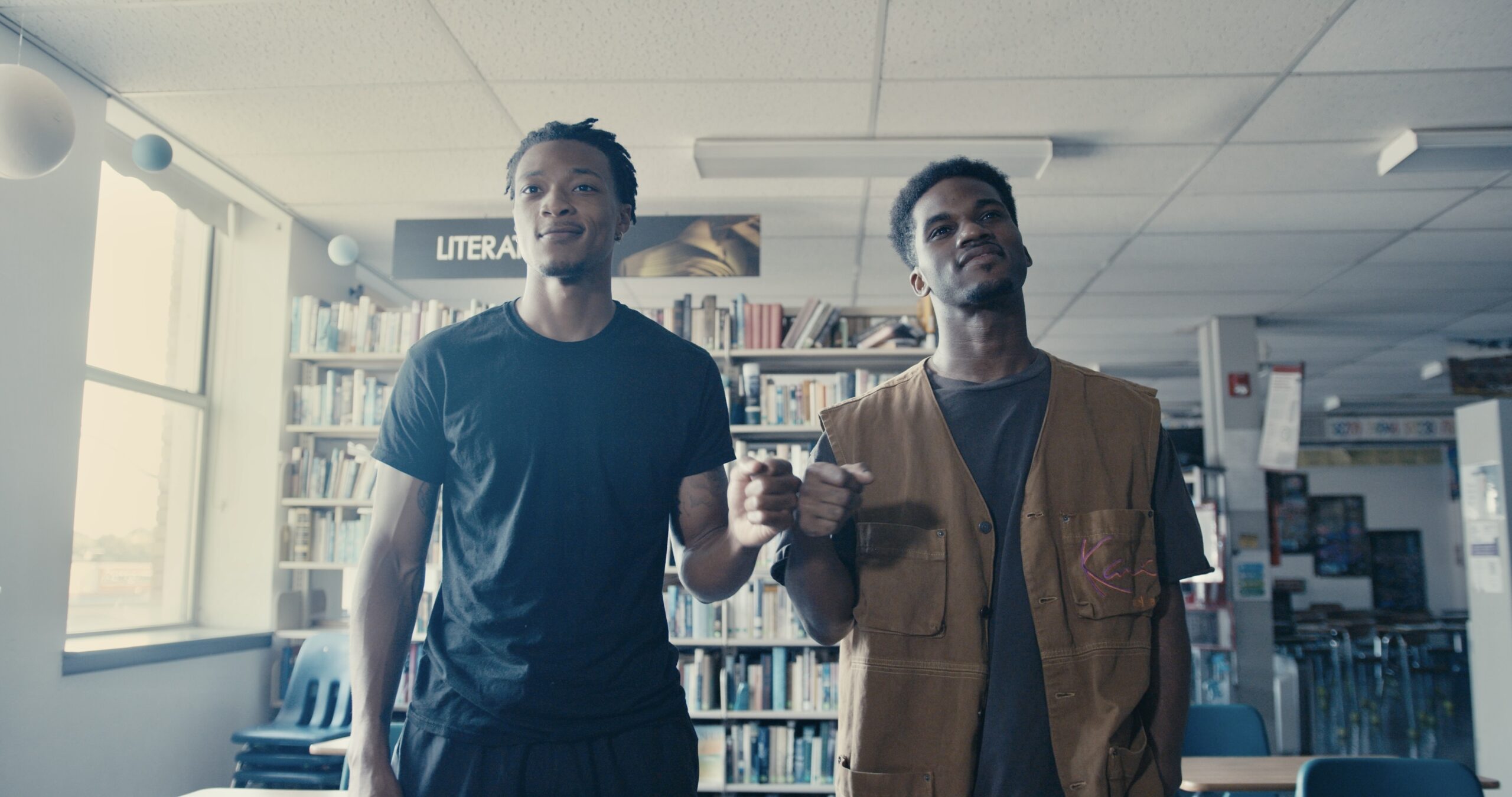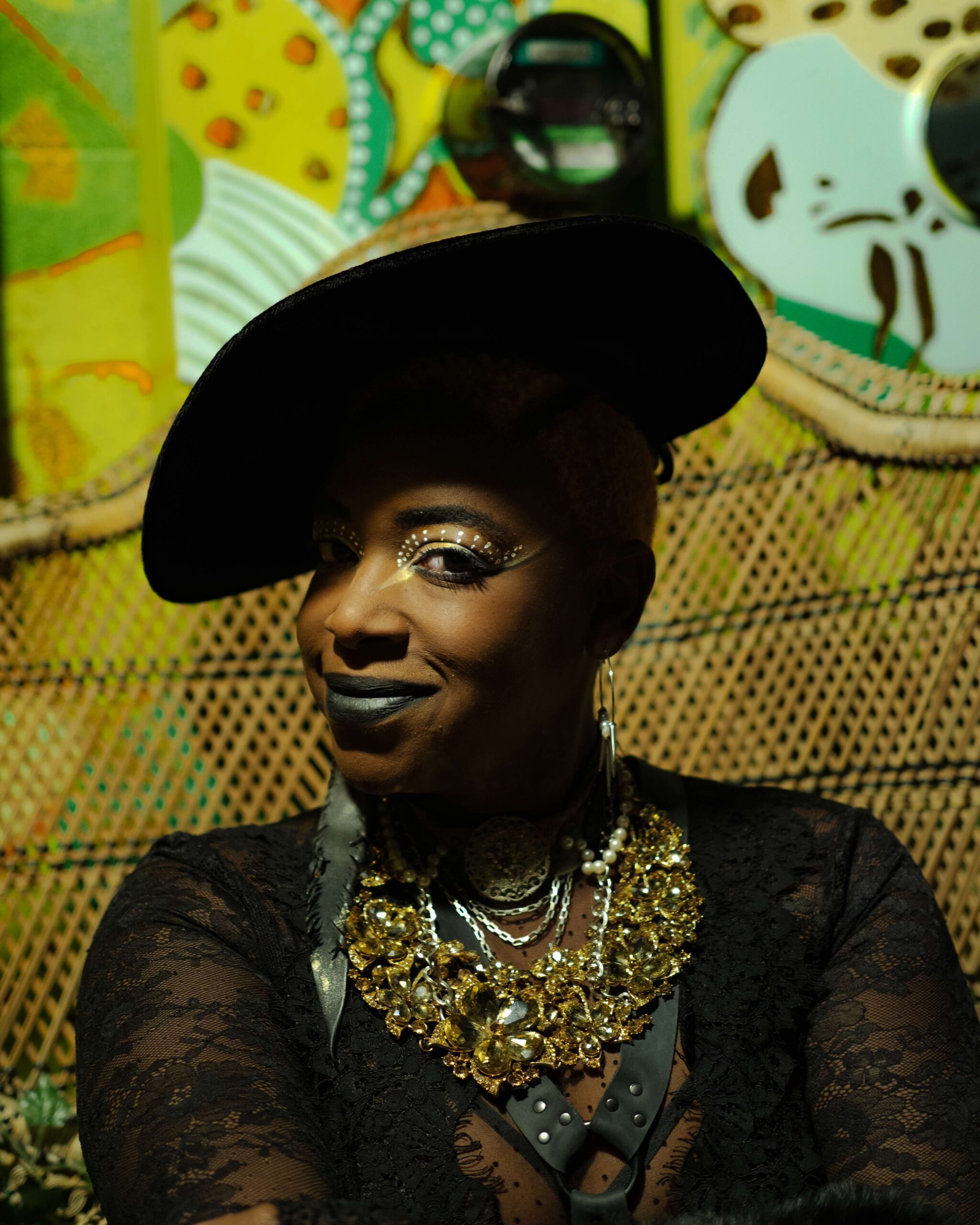Nanyamka “Nay Nay” Ewing joined the KAF team in 2019, starting at The Dark Room as a bartender before transitioning into programming and promotions. As the Foundation’s Promotions and Events Manager, she curates programming, builds community partnerships, and elevates the visibility of local artists. She has an associate degree in graphic design from HIckey College and bachelor’s degree in human resource management from Lindenwood University.
What drew you to KAF?
I was drawn to KAF because of its deep commitment to supporting artists and fostering spaces where creativity and community intersect. I loved that it wasn’t just about hosting events but about cultivating a true ecosystem for art, music, and culture in St. Louis.
What is your favorite part of your job at KAF?
I love creating experiences that bring people together—whether it’s curating music nights, coordinating markets, or building campaigns that showcase local talent. Seeing the joy on people’s faces and knowing that I’ve helped provide a platform for artists makes the hard work worth it.
How do you feel your role directly supports the KAF mission?
My role connects artists with audiences. By managing promotions, events, and programming, I help give visibility to emerging and established creatives, ensuring our venues remain vibrant spaces where art thrives and is accessible to everyone.
What do you love most about the St. Louis arts community?
The authenticity and diversity. St. Louis has such a rich, grassroots-driven arts scene filled with people who are passionate about their craft and about uplifting each other. It’s inspiring to see collaboration across disciplines and generations.
What do you personally do (outside of work) to engage in the arts?
As a longtime member of the St. Louis arts scene,I’m deeply embedded in the music and visual arts scenes. Outside of KAF, I’m the bassist, lead singer, and songwriter for my band Mammoth Piano. I also run Mammoth Management and Productions LLC, where I focus on artist production and management, and I offer professional tarot readings through Mammoth Tarot STL. I love attending live shows, gallery exhibitions, and cultural events around the city. Documenting and spotlighting local creatives has also become a personal passion.
Who are some of your favorite St. Louis artists/musicians/creators that people should check out?
There are far too many to count! St. Louis is filled with such a wide range of talent across every discipline that it’s hard to pin down favorites. What excites me most is how many incredible artists are creating and thriving here every day.











